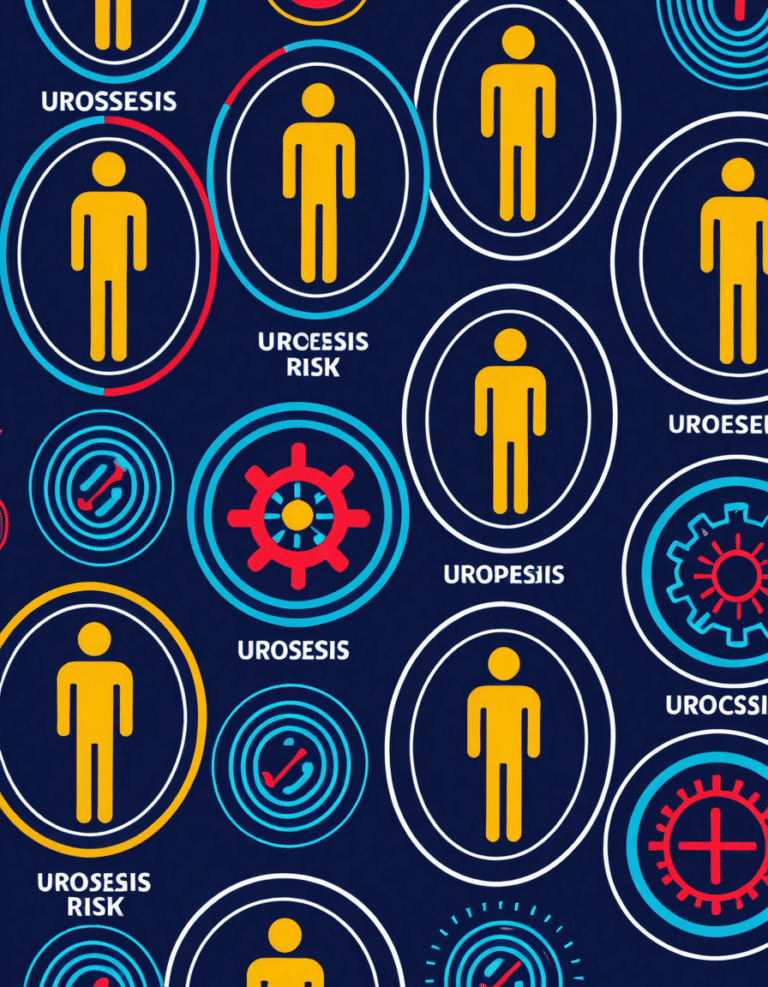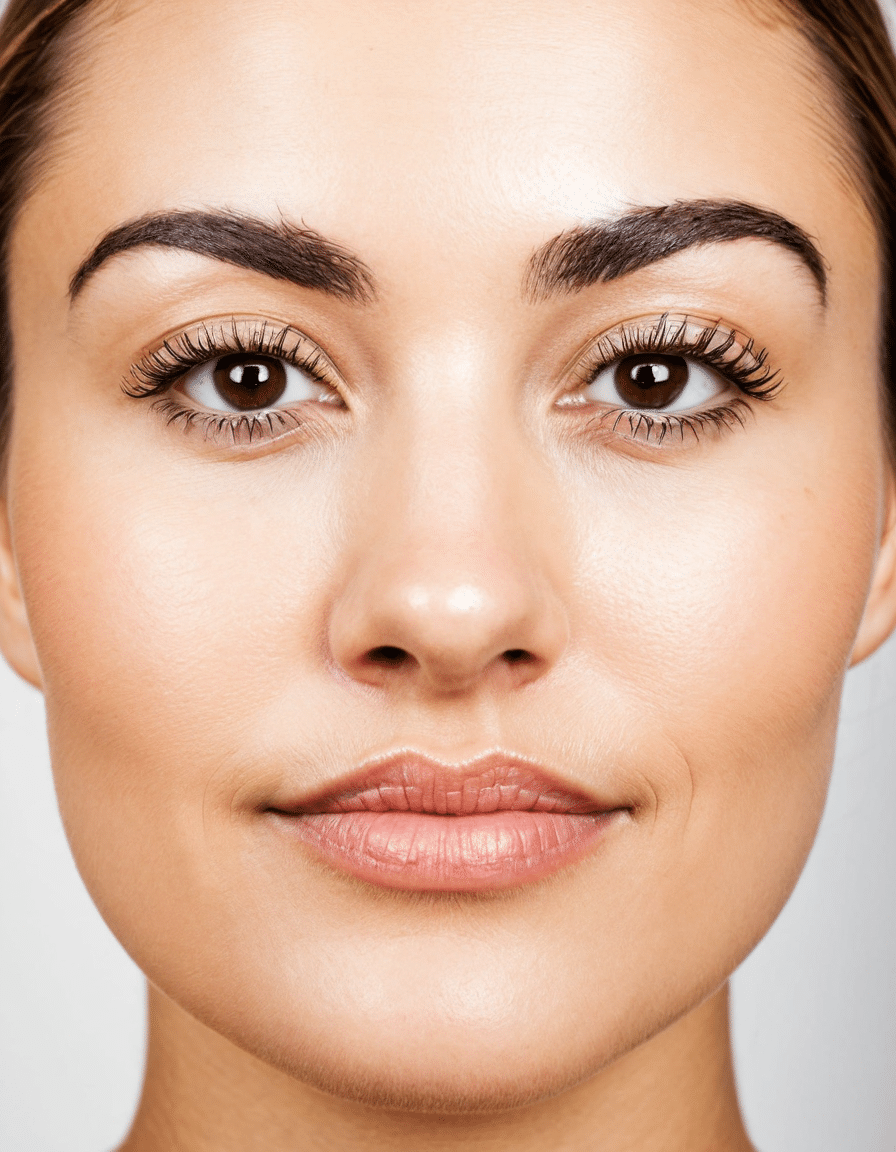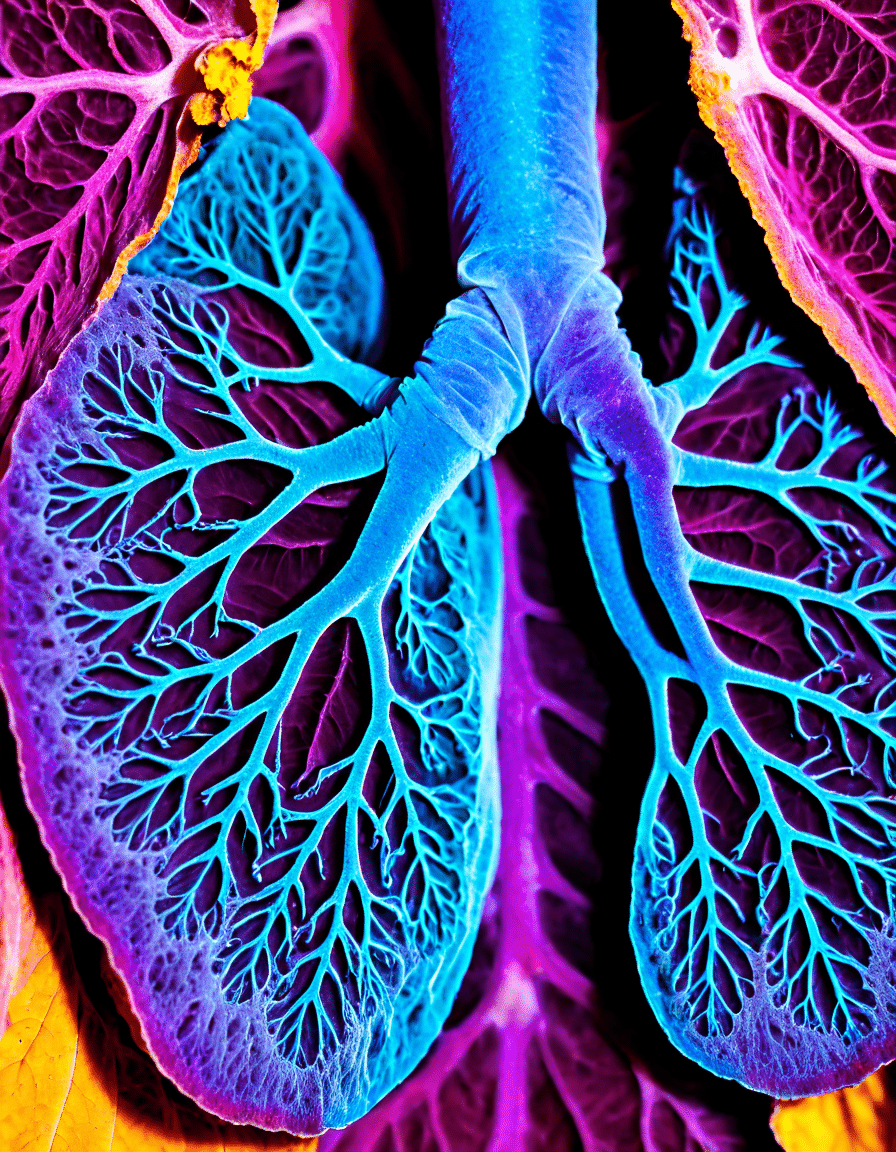Argyria is one of those rare conditions that most people have never heard of, yet it holds some fascinating facts that can leave anyone intrigued. Picture this: a bluish-grey discoloration spreading across your skin, an unmistakable mark of argyria, caused mainly by chronic exposure to silver compounds. This pigmentation happens when fine particles of silver find their way into your skin, creating a lasting change in color. The most famous case is Paul Karason, who captured media attention after he turned blue from consuming colloidal silver for over ten years. Let’s delve deeper into the bizarre world of argyria, and explore its medical implications and historical context.

1. Exploring Argyria: The Silver Skin Syndrome
Argyria might sound like something straight out of a sci-fi movie, but it’s as real as it gets. It’s often referred to as the “silver skin syndrome,” and this nickname speaks volumes. Silver has been utilized for centuries due to its antibacterial properties and potential health benefits. Ancient civilizations, such as Greeks and Romans, mistakenly believed that silver could purify water and promote healing, completely unaware of its ability to cause argyria. Today, however, we know better, thanks to ongoing research and awareness surrounding this condition.
So what’s going on behind the scenes with argyria? When silver is ingested or absorbed into the skin, it gets stored in tissues, leading to an unwanted hue. The depositions can persist in organs, which raises significant health concerns. Although argyria isn’t usually linked to serious health risks, its visible effects can form lasting psychological Impacts on those who develop it. It’s important for everyone to recognize the risks of unregulated silver products, as many people might unwittingly contribute to their own case of argyria.

2. Top 5 Intriguing Facts You Didn’t Know About Argyria
1. The Historical Roots of Argyria
Silver’s history goes back thousands of years. It was revered not just for its beauty but also for its alleged healing powers. Imagine the ancient Greeks storing water in silver tanks to ward off bacteria—this practice has roots in a misunderstanding of silver’s long-term effects, leading them to inadvertently set the stage for the discovery of argyria. They had no idea that their quest for purification would lead to a striking condition like argyria that still puzzles scientists today!
2. Argyria vs. Uraemia: Contrasting Causes and Effects
Let’s contrast argyria with another condition, uraemia. While argyria arises from silver exposure, uraemia stems from kidney failure, resulting in toxin accumulation in the bloodstream. What’s astounding is how different factors, whether environmental or biological, can yield such serious health issues. Argyria might be primarily a cosmetic problem, but the importance of understanding the differences cannot be overstated, especially as it allows people to better recognize and respond to these conditions.
3. The Role of Silver in Modern Medicine and Its Controversial Use
In today’s medical field, silver sulfadiazine is a topical antimicrobial treatment that has proved effective in treating burns. But here’s the kicker: Misuse or overconsumption, mainly from colloidal silver, can trigger argyria. Some “DIY” remedies popping up can lack any quality control, increasing the stakes even further. When people steer towards these uncontrolled products instead of scientifically-backed remedies, they risk their health—argyria included.
4. Morphea and Argyria: Skin Disorders with Distinct Manifestations
Speaking of skin issues, let’s not confuse argyria with morphea. These two conditions might both affect your skin but in radically different ways. Morphea, a localized form of scleroderma, tends to cause skin thickening, while argyria primarily alters pigmentation. Moreover, their treatments diverge remarkably; morphea may require immunosuppressive therapy, whereas argyria calls for simply minimizing silver exposure. It’s crucial to differentiate between these two conditions for accurate diagnosis and treatment.
5. Addressing Myths: Argyria, Azoospermia, and Acne
Let’s clear the air—there’s a common myth suggesting that argyria affects reproductive health, particularly azoospermia, which is a lack of sperm production. There isn’t any concrete evidence supporting a direct link between argyria and fertility challenges. Additionally, argyria is often mistakenly associated with other skin conditions like erythrasma or phlegmon. Knowing these facts can help debunk myths and steer individuals towards accurate information regarding this rare condition.

3. How Risk Factors Contribute to the Development of Argyria
Argyria often stems from occupational exposure. Industries utilizing silver, like photography or jewelry-making, can increase the risk. If you’re in the health and wellness field, it’s critical to be careful with oral colloidal silver supplements, which can lead to unintended consequences. Plus, those confused about generalized swelling, known as anasarca, may misinterpret those symptoms as related to argyria. Knowing how these factors play into the picture can empower individuals to take preventive measures.

4. The Psychological and Social Impact of Argyria
Living with argyria isn’t just about the skin; it has a ripple effect on mental health and social life. The visible discoloration can lead to feelings of embarrassment and social stigmatization. It can hit hard on self-esteem, and many individuals dealing with argyria report heightened levels of psychological distress. Therefore, providing psychological support becomes essential in managing this condition. We should all aim to foster understanding and empathy towards those affected.

5. The Future of Argyria: Innovations in Treatment and Prevention
While a cure for argyria remains elusive, innovation in dermatological treatments offers hope. Laser therapy shows promise in lightening skin discoloration, though results are mixed. Public health campaigns focused on educating the masses about the dangers of colloidal silver can play a significant role in reducing new cases. By advocating for safe medical practices, we’ll decrease the occurrence of argyria effectively and foster well-being in our communities.
Grasping the ins and outs of argyria helps demystify the misconceptions swirling around this condition. Increased awareness promotes understanding, paving the way for effective prevention and support. With ongoing research and advancements, we may soon see improved outcomes for individuals affected by this dermatological curiosity. So buckle up, because whether you’re on the journey to getting shredded or just trying to understand argyria, we’re all in this together!
Argyria: Amazing Facts About This Rare Condition
Discovering the Shade of Argyria
Did you know that argyria can turn your skin a striking blue-gray hue? This unusual condition arises from prolonged exposure to silver, often through supplements or certain medications. Imagine waking up one day and finding yourself resembling a character straight out of JoJo’s Adventure! While it may sound like a wild story, this condition is a true testament to the quirks of human physiology. Interestingly, just as some might opt for cool Hats to cover up a bad hair day, individuals with argyria sometimes grapple with how to navigate the visual impact of their skin color.
The Myths and Misconceptions
One of the most common misconceptions about argyria is that it’s related to silver poisoning, which is a bit of a misnomer. Instead, it stems from silver compounds accumulating in the body over time. This can lead to a condition that’s stronger than Urosepsis in its impact on one’s daily life, turning heads for all the wrong reasons. Also, in a fascinating twist, the body’s reactions to silver could serve as a reminder to consider what we put into it. It’s akin to considering the benefits of mushrooms like lion’s mane, which are known to enhance cognitive function and overall well-being.
Living with Argyria: The Long-Term Effects
People with argyria often face challenges beyond the cosmetic. The condition can trigger feelings of self-consciousness, affecting social interactions. Much like people who require adult diapers due to health issues, those with argyria may need to adapt their lifestyles. It’s not just a skin condition; it brings with it a set of emotional and psychological hurdles. Engaging in physical activities like Sit-ups could also become complicated as they navigate public perceptions while maintaining a healthy lifestyle. Remember, just as A Returner’s Magic Should Be Special Characters teaches us the importance of resilience, those living with argyria become experts at embracing their unique situations.
When all’s said and done, understanding argyria might be as essential as knowing the right care for your health. Whether it’s seeking remedies, exploring cool hats, or adjusting one’s lifestyle, the journey is a reflection of our complex relationship with our physical selves.



























